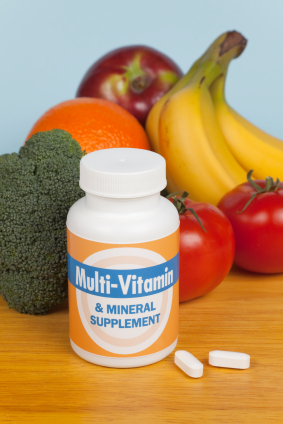The Benefits of Sodium
The Benefits of Sodium
By: Dr. George Obikoya
Sodium is a mineral that is present only in small quantities in most natural foods, but salt is added, often in large amounts, in food processing and by cooks to enhance flavour. Sodium is the predominant ion in extracellular fluid. An excess of sodium can cause edema, an accumulation of extracellular fluid, especially in conditions such as congestive heart failure. A low sodium intake leads to a lowering of the blood pressure and brings about diuresis, ridding the body of the excess extracellular fluid.
Sodium functions with chloride and bicarbonate to maintain a balance of positive and negative ions (electrically charged particles) in our body fluids and tissues. The body receives sodium primarily in the form of table salt (sodium chloride). Sodium, the principal extracellular ion, has the property of holding water in body tissues.
Sodium is vital component of nerves as it stimulates muscle contraction. Sodium also helps to keep calcium and other minerals soluble in the blood, as well as stimulating the adrenal glands. High sodium levels can cause high blood pressure. Sodium aids in preventing heat prostration or sunstroke
Too little sodium in the diet disturbs the tissue-water and acid-base balance that is important to good nutritional status. Sodium mineral is readily absorbed from the small intestine, and normal storage is accomplished by muscle and cartilage tissue. The hormone aldosterone controls the balance of sodium and water in the body. There is now much evidence that excess dietary salt may contribute to high blood pressure in some individuals, but other factors are also responsible.
Americans eat more salt and other forms of sodium than they need. Often, when people with high blood pressure cut back on salt, their blood pressure falls. Cutting back on salt also prevents blood pressure from rising. Some people, like blacks and the elderly, are more affected by sodium than others. Since there's really no practical way to predict exactly who will be affected by sodium, it makes sense for everyone to limit intake of salt to help prevent high blood pressure.
All Americans, especially people with high blood pressure, should eat no more than about 6 grams of salt a day, which equals about 2,400 milligrams of sodium. That's about 1 teaspoon of table salt. But remember to keep track of all salt eaten -- including that in processed foods and salt added during cooking or at the table.
Watch for both natural and added sodium content. Ordinary table salt is sodium chloride - 40 percent sodium by weight. Read the labels when they buy prepared and packaged foods. They should watch for the words "soda" (soda refers to sodium bicarbonate, or baking soda) and "sodium" and the symbol "Na" on labels. These products contain sodium compounds
Some drugs contain large amounts of sodium. Always carefully read the labels on all over-the-counter drugs for the ingredient list and in the warning statement to see if sodium is in the product. A statement of sodium content must appear on labels of antacids containing 5 mg or more per dosage unit (tablet, teaspoon, etc.) Some companies are now producing low-sodium over-the-counter products.
While you don't want to take too much sodium, you should not take too little sodium either. Sodium deficiency is a condition in which we fail to receive an adequate supply of sodium. The most frequently observed sodium deficiency occurs when excessive heat causes heavy perspiration, thus reducing body water and sodium to the extent that gross dehydration affects normal activity patterns.
Symptoms may include feelings of weakness, apathy, and nausea as well as cramps in the muscles of the extremities. Taking additional salt in tablet form is a preventive measure, and persons may use increased amounts of table salt on their food to supplant sodium lost during dehydration and sweating. Even tiny reductions in blood pressure may bring a major benefit, if you look at the big picture. If you end up with a 2 or 3 millimeter decrease in blood pressure, that seems small, but it translates into a 6 percent reduction in stroke mortality, and on a population basis, that's a lot. It is, therefore, critical that you take note of how much sodium you take.
Cutting back on salt helps lower blood pressure regardless of age, sex, race, or dietary patterns. Patients with hypertension benefit by following advice to reduce their salt intake. Fifty percent of white hypertension patients and 75 percent of blacks, get a major drop in pressure on reduction of sodium intake. You too can, even if you don't have high blood pressure.
A good multivitamin is the foundation of health and nutrition. Take a look at our scientific reviews of many of the popular brands for factors such as ingredients, areas of improvement, quality level, and overall value. If you are looking for a high quality liquid multivitamin, we suggest that you take a look at the Multivitamin Product Comparisons.

